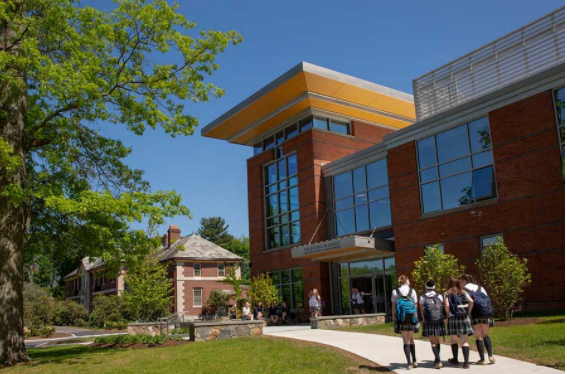
Editor’s note: This post originally appeared on the website of the Pioneer Institute, whose mission is to develop and communicate dynamic ideas that advance prosperity and a vibrant civic life in Massachusetts and beyond. It references a 2021 study of Florida’s largest tax-credit scholarship program that found that participants performed on a par with their national private school peers in reading and math.
Massachusetts provides fewer options for students to be educated outside their assigned school districts than most other states do, and educational savings accounts (ESAs) offer an effective tool for giving students additional opportunities, according to a new study published by Pioneer Institute.
ESAs allow parents to take the state portion of their child’s per-pupil funding allocation and spend it on approved expenses that usually replace the district school experience, such as homeschooling, full-time tutoring or private school tuition.
“Despite an overall high ranking on National Assessment of Educational Progress scores, Massachusetts also has some of the starkest achievement gaps,” said Dr. Cara Candal, author of “Modeling an Education Savings Account for Massachusetts.” “ESA programs are a proven way to address that problem because they break the relationship between discriminatory housing patterns and public-school assignments that are based on residence.”
Candal finds that support for ESAs has gained momentum thanks to the unprecedented learning loss that occurred when schools switched to online learning because of the pandemic. Five ESA programs were established between 2011 and 2018, and that number has doubled in this year alone.
A 2021 review of 169 high-quality studies shined a light on the impact of school choice programs on student achievement, racial segregation, and state and district finances. Of 14 studies of student outcomes, 11 found that choice programs had a positive effect.
To continue reading, click here.


